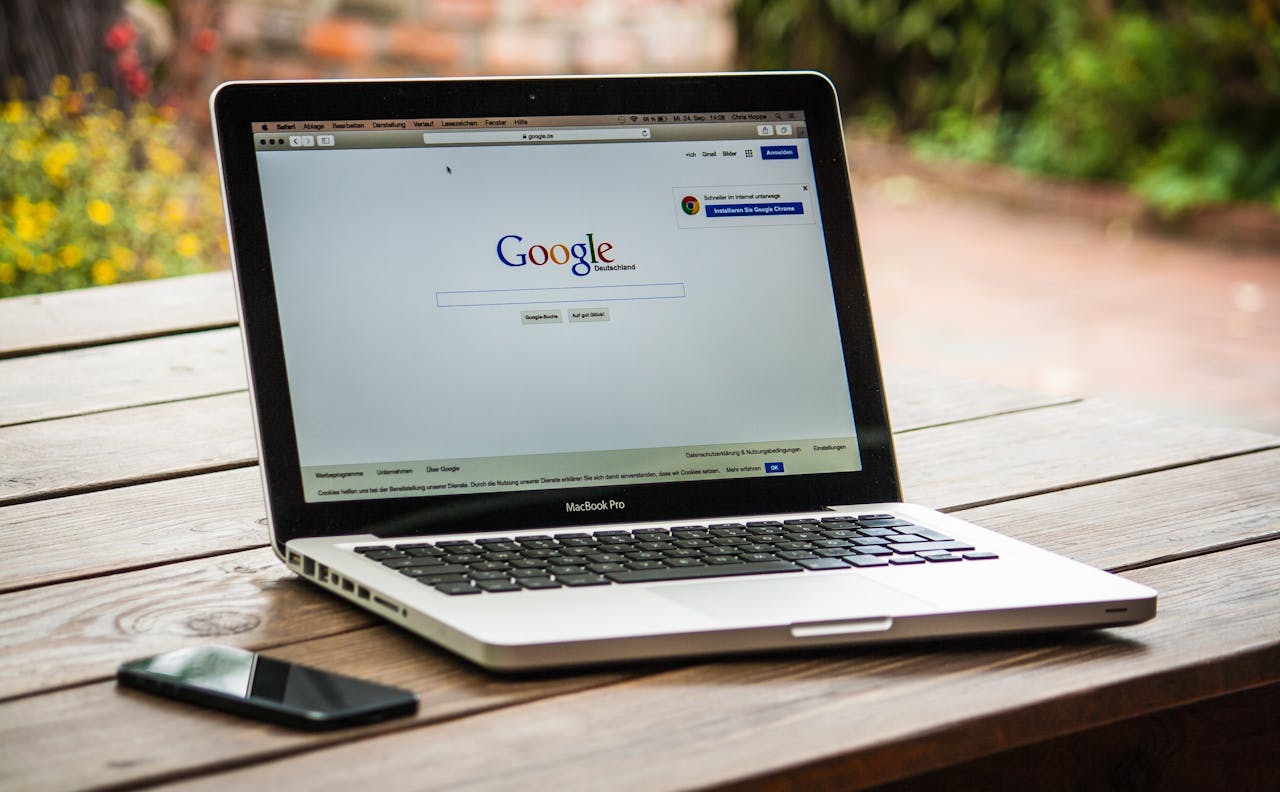Introduction
The debate between Google Ads and Facebook Ads continues to shape the future of digital marketing. Both platforms are leaders in the PPC landscape, but they serve very different purposes. For businesses focusing on online advertising, the question is not simply which one is better but how they can work together to maximize ROI, boost lead generation, and improve conversion rate.
Google Ads is perfect for intent-driven campaigns. When someone types in a keyword, they’re usually closer to making a decision. With precise ad targeting, businesses can capture high-quality leads ready to take action. This makes Google Ads a reliable tool for direct sales and measurable ROI.
On the other hand, Facebook Ads is built around discovery and engagement. Its strength lies in detailed audience segmentation and visual storytelling. Through advanced ad targeting, businesses can reach users based on demographics, interests, and behaviors—driving awareness that fuels long-term lead generation.
But here’s the real secret: instead of comparing Google Ads and Facebook Ads in isolation, smart brands combine both. With a strong web design to support user experience, clicks from ads turn into conversions. A well-designed landing page can increase conversion rate, ensuring every dollar spent on PPC contributes to growth.
When building your digital marketing strategy for 2025, don’t choose one over the other. The best results come from integrating Google Ads for high-intent searches and Facebook Ads for brand reach. With effective online advertising, optimized web design, and a focus on lead generation, you create a funnel that maximizes revenue and delivers long-term ROI.
Comparison Check Table
| Feature / Factor | Google Ads ✅ | Facebook Ads ✅ |
| Primary Strength | Intent-based searches for direct sales | Interest & behavior-based brand awareness |
| Ad Targeting | Keywords, location, device, demographics | Interests, lookalike audiences, behaviors |
| Conversion Rate | High for purchase-ready customers | Moderate, best for nurturing leads |
| ROI Potential | Strong for short-term measurable results | Excellent for long-term growth |
| Lead Generation | Fast, qualified leads | Broader reach, nurtures future buyers |
| Online Advertising Format | Search ads, display, shopping | Image, video, carousel, story ads |
| Web Design Impact | Optimized landing pages improve sales | Creative pages improve engagement |
| Best Use Case | High-intent searches ready to convert | Building awareness and scaling campaigns |
| Budget Flexibility | Works well with performance-driven spend | Works well for testing and scaling reach |
| Digital Marketing Role | Direct sales and measurable conversions | Awareness, engagement, retargeting support |
Conclusion
In 2025, it’s no longer about choosing Google Ads or Facebook Ads—it’s about how you combine both. Businesses that merge PPC campaigns with strategic web design see higher conversion rates, stronger lead generation, and better overall ROI. With the right mix of digital marketing tools and well-planned ad targeting, your online advertising strategy can dominate the competition and drive measurable success.
